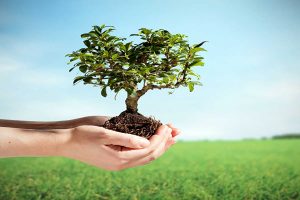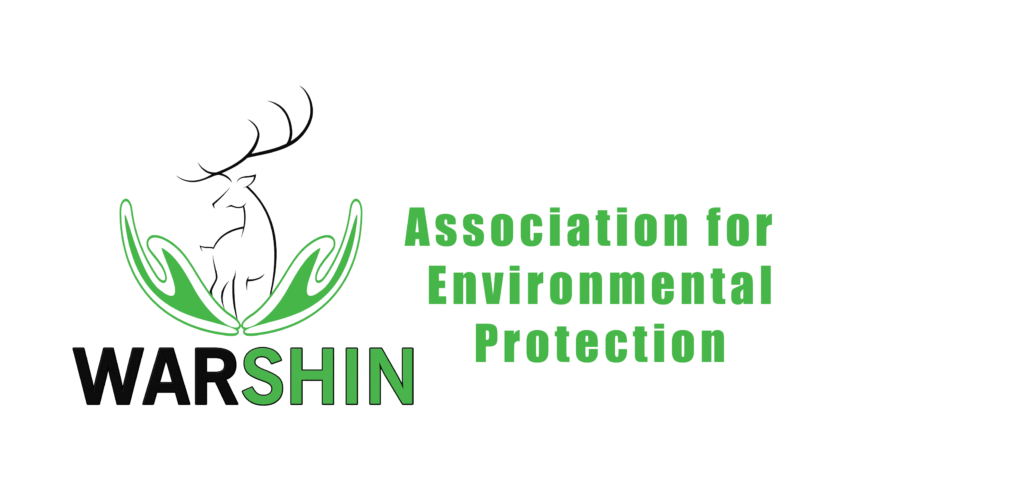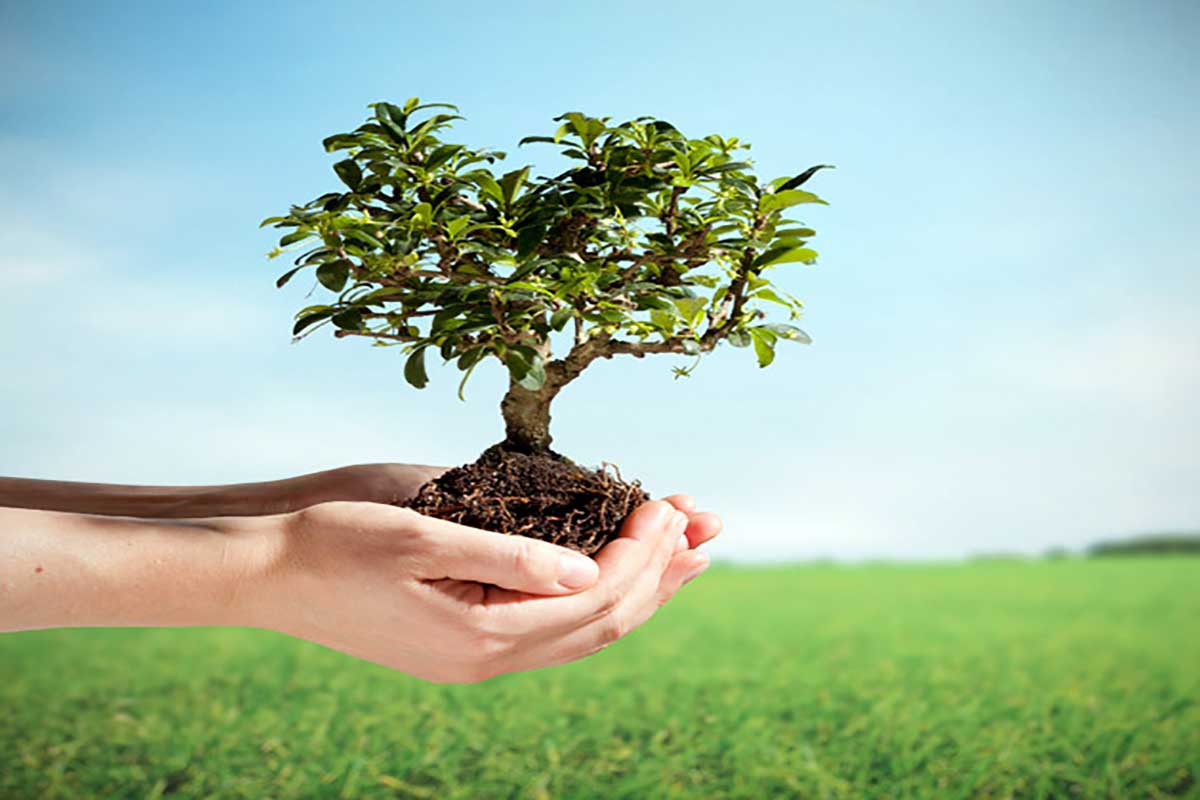
Most of the trees and small shrubs are planted in the city and urban areas to provide shade and decoration. These are two main reasons for using trees. However, there are many other benefits of trees. socially and environmentally.
Social benefits
We love the trees around us because they cheer up life. Most of us react to the presence of trees even without perceiving their beauty. We feel calm, tranquility and comfort among the trees. We have an involuntary feeling of safety. It has been confirmed that patients who undergo operations in hospitals show signs of recovery quickly if their balcony overlooks a view of trees. And this connection between people and trees, As long as it manifested itself in addressing the cutting of trees in order to widen the roads.
The status and value of trees gives them a great place in people’s lives. When the tree offered it to sustain life, We plant them to keep memories alive, We have always been personally attached to the trees we planted or grew up under.
Shared benefits
Although trees may be private property, However, its size makes it part of the community in which it is located. And because it is located over a significant area, Planning for its cultivation is essential if you and your neighbor want to share its benefits. With proper selection and care, A tree can grow and flourish in your home without prejudice to the rights and privileges of your neighbour.
The city’s trees perform a number of architectural and engineering functions. They provide privacy, enhance the general appearance of the city, and block unwanted views. It also blocks glare and reflections and regulates pedestrian traffic. It works as a background to decorate or show urban facilities.
environmental benefits
Trees control the climate we live in by moderating the atmosphere, increasing air quality, conserving water and sheltering wildlife. Climate improvement comes by controlling the effects of sun, wind and rain. The radiant energy from the sun is absorbed in the leaves of deciduous trees in the summer and re-extracted in the winter through the branches when their leaves fall. Glory be to God! We feel cool when we sit under the trees to block out the sun. In the winter, we benefit from re-exiting this radiant energy to feel warm! Therefore, it is recommended to plant small or deciduous trees in the southern part of your home to take advantage of this amazing feature.
The speed and direction of the wind can be controlled by the trees. The denser the vegetative growth on the tree, the better it will be a good windbreaker. Trees can also neutralize or absorb torrential rain, sleet and hail, thus providing some protection for people, domestic animals and buildings. Trees intercept floodwaters and store part of them, reducing the possibility of runoff waves and flash floods.
Humidity and freezing are also found in lower rates under trees because radiant energy is released at lower levels at night than in those places. And also, The temperature is lighter around the trees than the places further away from them. The older the tree, the lower the temperature. use of trees in cities, We are able to control the high temperatures caused by asphalt and buildings in residential and public places.
Air quality can be improved through the use of trees, Tree leaves filter the air we breathe by removing dust, dirt, dirt and other particles. And when the rain comes, it removes those pollutants to the ground. The leaves also absorb carbon dioxide from the air to form carbohydrates that are used in the structure and structure of the tree. In this process, the leaves also absorb other air pollutants such as ozone, carbon monoxide and sulfur, and give them oxygen.
Planting small trees or shrubs, make us return more to nature and less artificial environment, The natural life cycle of the tree from recycling and fragmentation will go to the surface and subsurface of the earth, which restores the natural and environmental balance of urban agglomerations.
Economic benefits
Trees big and small are of great value. However, their diversity in type, size and work makes it difficult to determine their economic values. The economic benefit from trees can be both direct and indirect. Direct economic benefits are usually associated with energy costs. For example, home air-conditioning costs are lower in a house surrounded by the shade of trees. On the other hand, heating costs are reduced in a house surrounded by windbreak trees. Trees increase in value the more they grow. The opposite of an animal, for example, whose yield decreases as it grows older.
Choosing a tree in the house, It is truly an investment in the individual, society and the land as a whole.
- from the tree site


